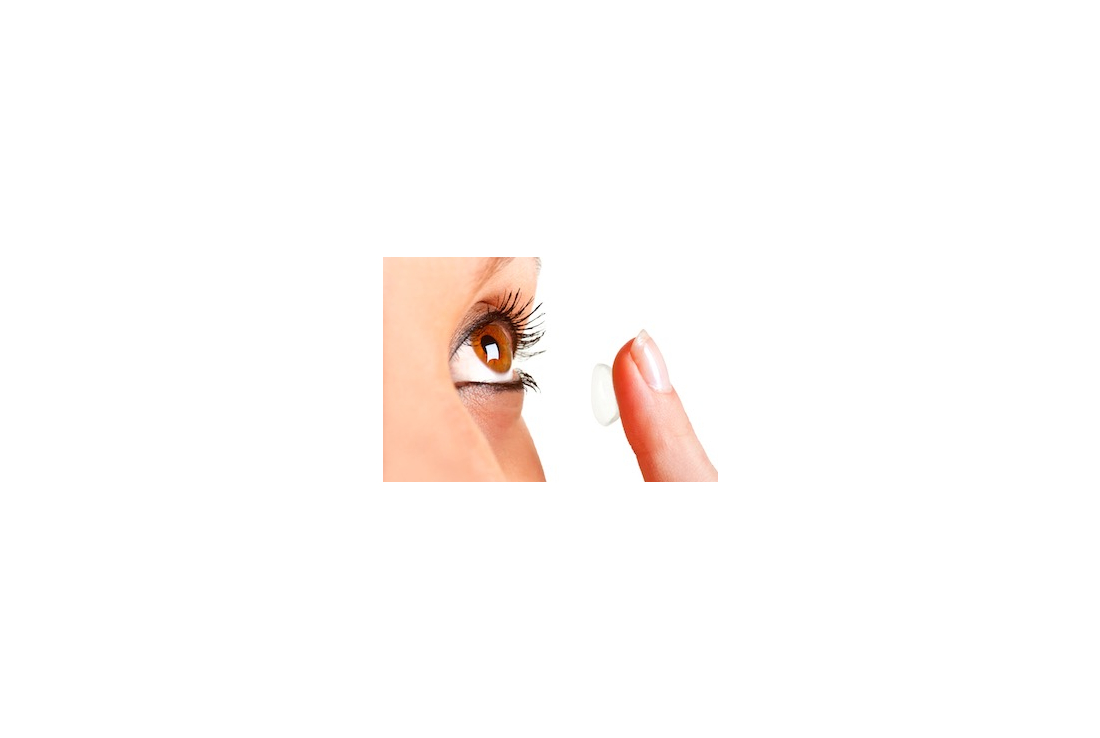Evolution of Contact Lenses

Evolution of Contact Lenses
Have you thought about the birth of Contact lenses?!!
In this fast-paced and advancing eye care industry, you need to take certain measures on finding a solution for correct vision with a healthy futuristic contact lens technology. Contact lenses are a powerful tool introduced to replace spectacles. It can effectively contribute to your vision impairment and positively reshape your eyesight problems. Unlike traditional eyeglasses, the contact lenses provide better peripheral vision than glasses do. It is employed solely by their ability to bring people to use it when they are having a difficult time finding lenses that provide good enough vision for their lifestyle.
1508 - Codex of the Eye
During the 1508 s, a bowl of water guided an Italian inventor Leonardo Da Vinci to discover a way to help humankind to see more clearly. Over 500 years ago, Da Vinci hypothesized that submerging the head in a bowl of water could alter vision. The invention named "Codex of the Eye" was the first-known sketches of contact lenses at the time we started improving eyesight.
1801 - Practical Design of Lens
In 1801, an English scientist Thomas Young suggested a basic pair of contact lenses. He used a small sized glass tube of ¼ inch and wax to stick the water-filled lenses to his eyeballs. These molds enable the production of corrective lenses that could sit on the surface of the eye. This invention is the first that accurately described astigmatism, significantly advancing the field of eye care. Contact lenses started to become possible by the end of this century.
1880 - The Improving Technology
As 1880 came to a close, the first lenses were made. It was a revolutionary period for contact lenses. The new technologies for glass production, cutting, and shaping formed thin lenses possible for the first time. Artificial eye-maker F. A. Mueller introduced the real example of the lens in 1887 called 'scleral lenses,' and they covered the whole eye, not just the cornea. These big lenses could only be worn for an hour as it reduces the oxygen supply to the cornea.
1920 - First Soft Lenses
Although lens was still widely popular in the 1920s, Sir John Herschel’s allowed technological advances in both anesthesiology and materials. For the first time, it was possible to create contact lenses that conformed to the actual shape of the eye. By 1930s new plastics fulfill lightweight, transparent contact lenses possible. The birth of the corneal lens was derived from the experiment of plastic lenses in eyes at 1948. The technician Kevin Touhy delightedly discovered that the lens still worked and stayed in place while in the eyes, even when blinking. By the late 19th Century, more and more people started wearing their contact lenses every day.
1950 - A New Way to See
By the latter half of the 20th era, eyeglasses were admitted as a part of a person's wardrobe. Because of their better comfort, contact lenses took the world by storm with many brands pioneering the new and improved vision wear. At the beginning of 1958, chemist Otto Wichterle has developed a new soft and pliable plastic, called hydrogel, while wet, yet could be shaped and molded. Both hard and soft lenses continued to evolve over the next 25 years, notably concerning oxygen permeability, to bring the eyes to breathe. Researchers and developers are operating together to obtain more and better ways aid with vision and medical issues, utilizing contact lenses.


